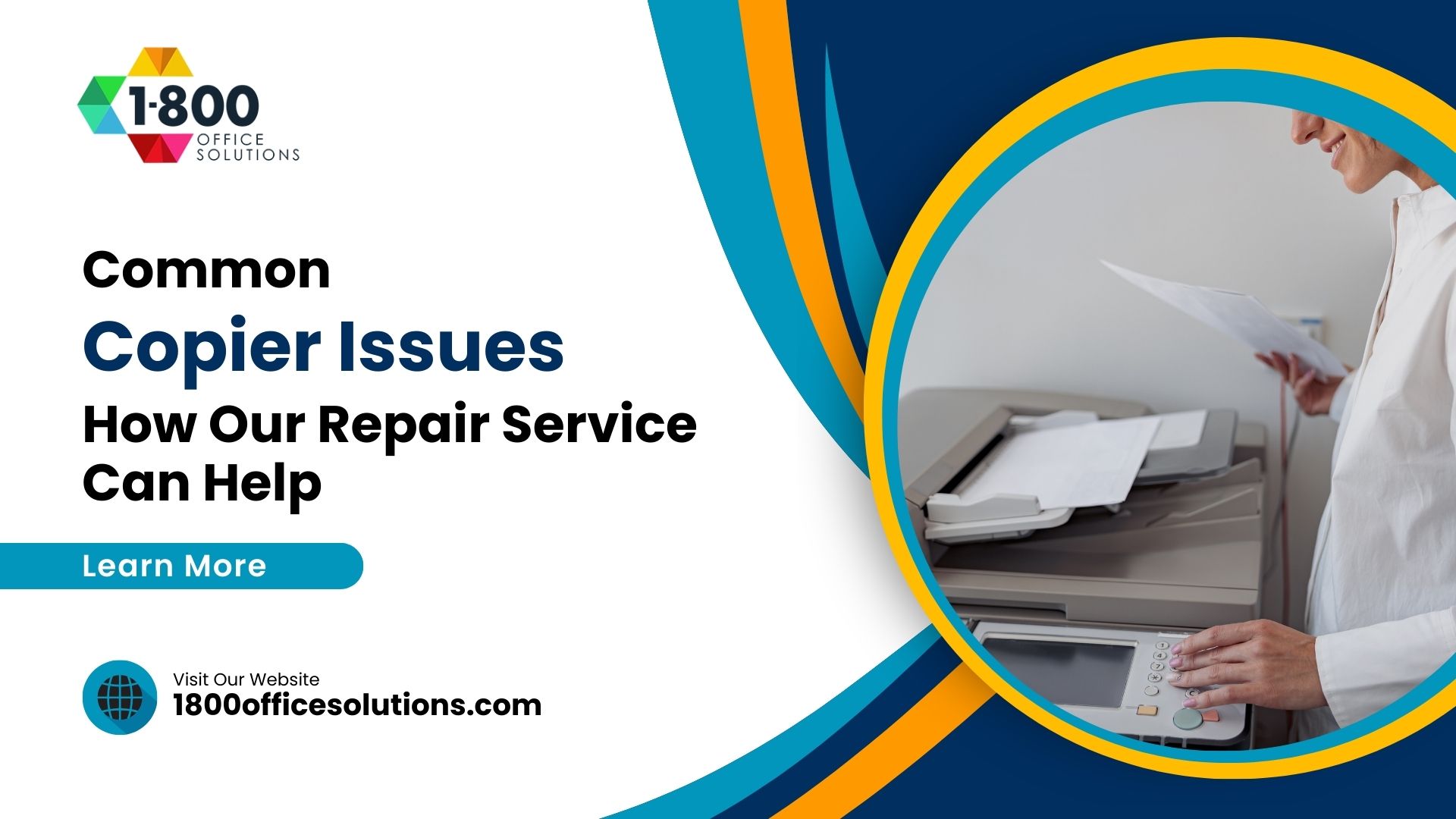Printer Lingo: What Does Collate Mean In Printing
Unless you work in the printing industry, then you might not be familiar with the term collate printing. That is completely normal and understandable. If you find yourself wondering about any of these questions:
- What does collate mean in printing?
- What does it mean to collate copies?
- Is there such a thing as uncollated copies? (Spoiler Alert: There is!)
- What is collate printing used for?
- When to collate vs. when to not?
- Can all printers collate copies?
You are in the right place. Let’s get started!
1. What Does Collate Mean in Printing ?
The term “collate” means to collect, accumulate and combine. Once everything is collected, it is then assembled in a specific order of sequence.
2. What Does it Mean to Collate Copies?
In printing lingo, collate is often used to mean “collate copies.” That means that instead of printing individual papers, the printer “accumulates” these documents together to create a complete set.
The next time you are printing a document, check out the print preview page. There, there will be an option to print collated copies.
3. Is there such a thing as uncollated copies?
Yes! Unless you work for a printing or publishing firm, you will most likely print uncollated copies for personal use.
For example, if you were typing out a ten-page essay, you would print them out separately. Each of those ten sheets of paper would not be combined together to make any sort of set, that is what it means to print uncollated copies.
4. What is collate printing used for?
Collate printing is mostly used to print out sets of documents. Books are a big one for example. As well as:
- Catalogs
- Brochures
- Magazines
- Instruction manuals
5. When to collate vs. when to not?
Collate copies are mainly used for color copies because the copies can be put together and assembled without being bound together. More expensive printers even allow collating print copies, hole-punching them, and/or stapling them.
However, unless you make some sort of colored manuscripts or catalogs, you will most likely not be printing collated copies.
6. What are the Most Common Types of Binding for Collate Copies?
1. Saddle-stitch:
- Saddle-stitched printing is perfect if you are trying to collate smaller collate booklets. Books, catalogs, and magazines with less than 100 pages would normally use this kind of binding.
- Saddle stitching works by printing the document on both sides, arranging the documents in order, folded in half, and then stapling through the folds.
2. Perfect bound:
- Perfect bound book printing is one of the most common collated printing methods, especially for a paperback.
- This method is inexpensive, but you certainly would not be able to tell. Books that are perfectly bound are very durable and look very professional.
- Perfect bound is the perfect method if your book is on the longer side, over one hundred pages.
- This is also the preferred method for heavier books such as yearbooks and directories.
- They are also a cheaper alternative to hardcover books.
3. Spiral and Wire-O:
- Spiral book binding uses a plastic coil to hold your book together. You probably have seen or used a book bound this way for school.
- Wire-O binding also uses a plastic coil, but it is more professional-looking.
- If you want a more colorful and fun binding experience, go with spiral binding as they offer many different color coils. The Wire-O method, however, only comes in black.
7. Can all printers collate copies?
The short answer: yes. Collating is not a special feature that you will need to pay more for to have. Almost all standard printers will offer this function.
8. Do Printing Stores Offer this Service?
Yes. If you want to get your brochures, books, magazines, or any kind of document collated but do not own a printer, you can do this at your local print store. Check out these printing services:
- Office Depot
- Staples
- Office Max
- Walgreens
- CVS
- Michael’s
- Libraries
In Conclusion
- Collating is just a fancy term for assembling and organizing.
- Almost all printers offer this option, but if not, you can check out your local print shops or convenience stores to use their printers.
- Most people only collate their pages if they put together a book, manuscript, or directory where they need the pages to print out in order.
- To access collate printing mode, click on your computer’s printing system. There, it will give you the option to collate or not.










